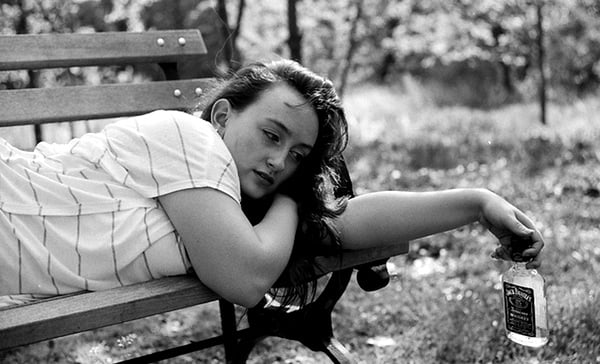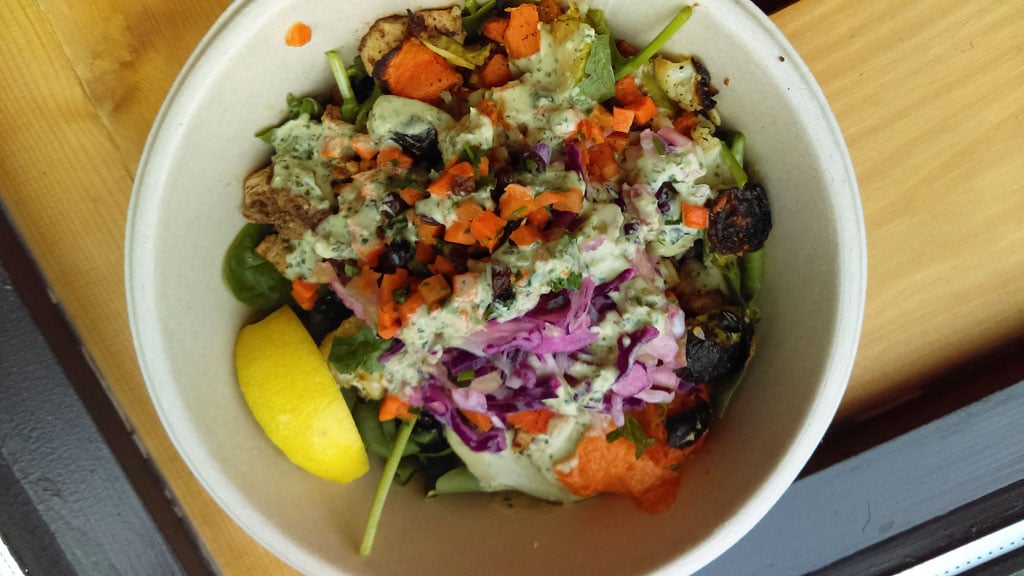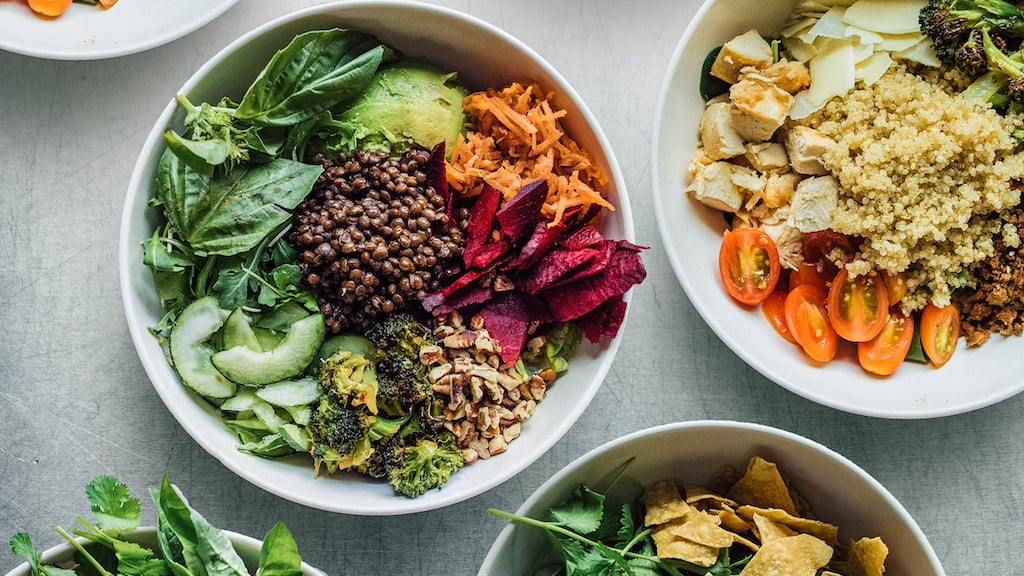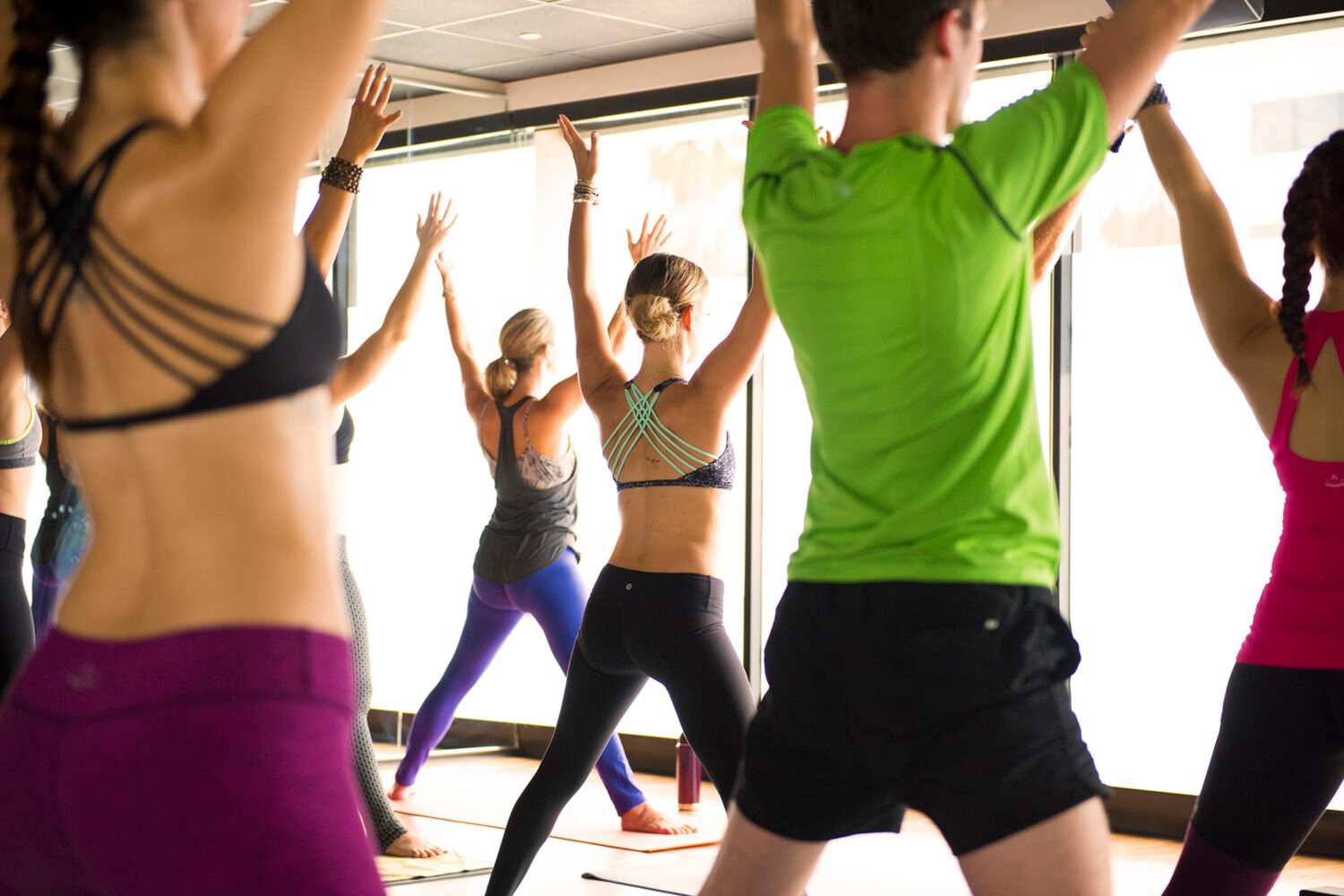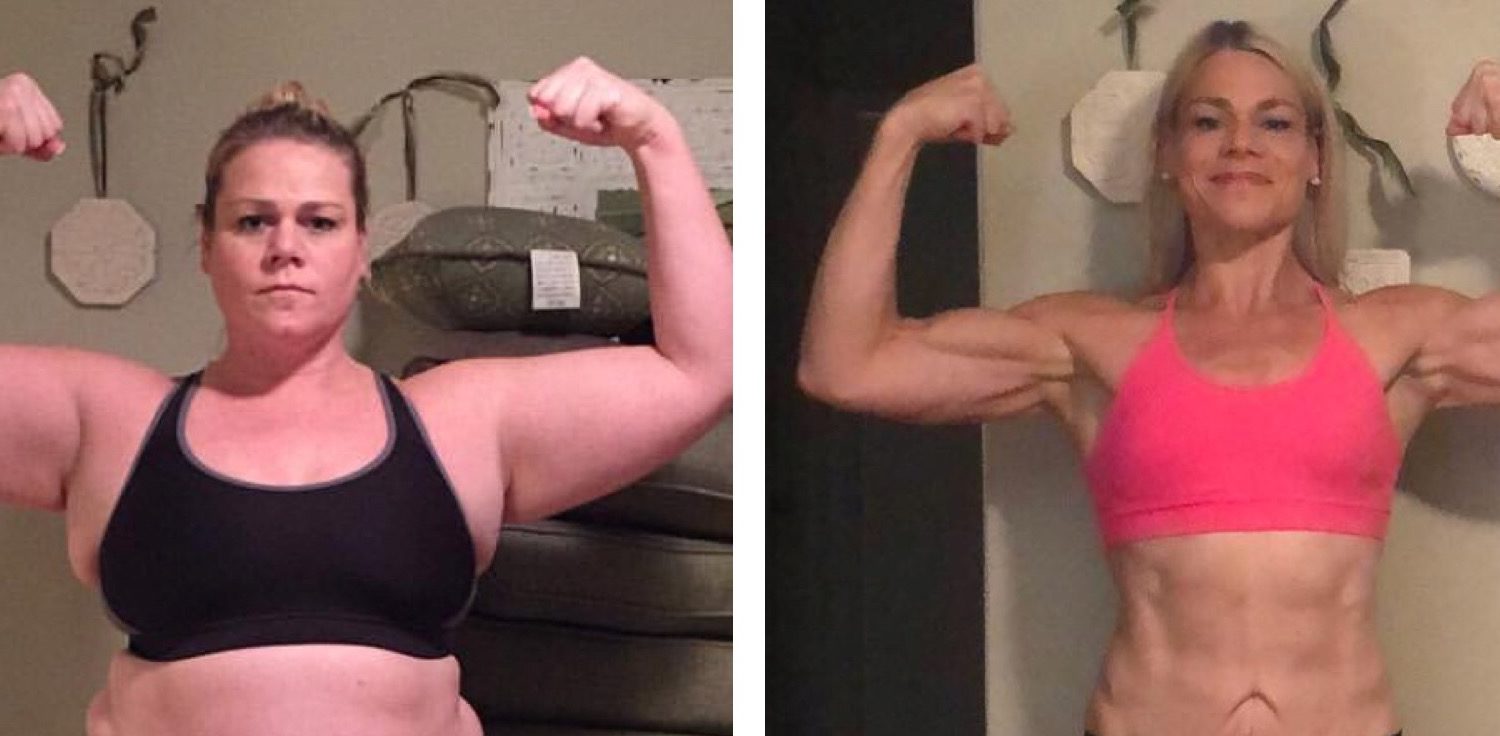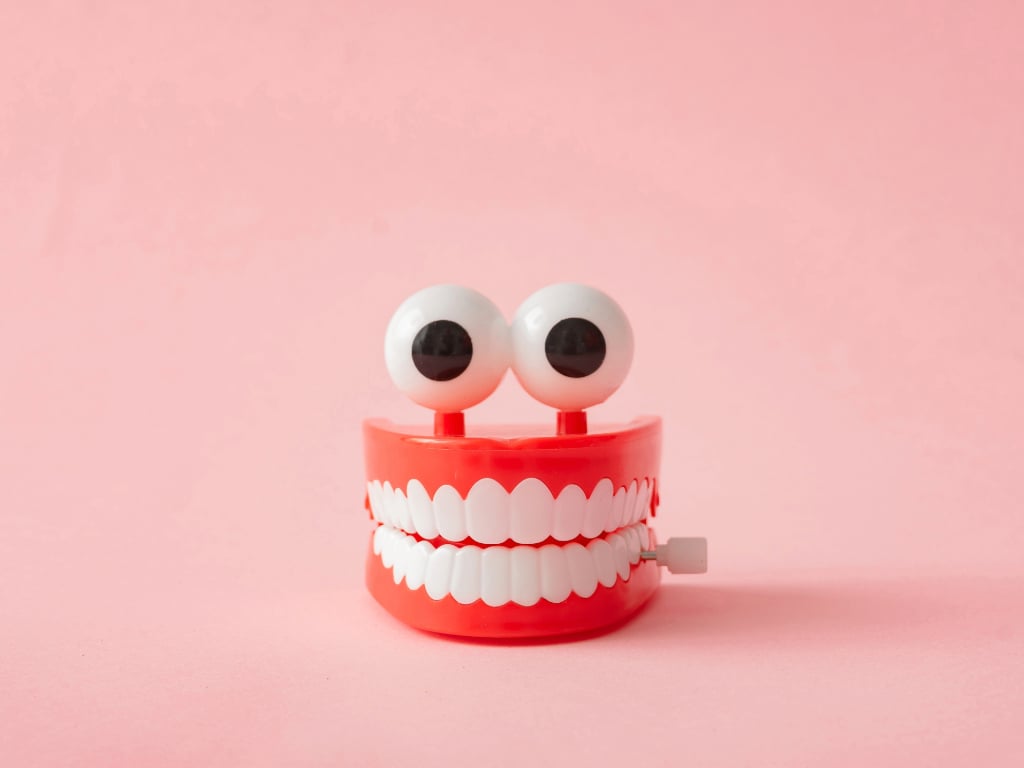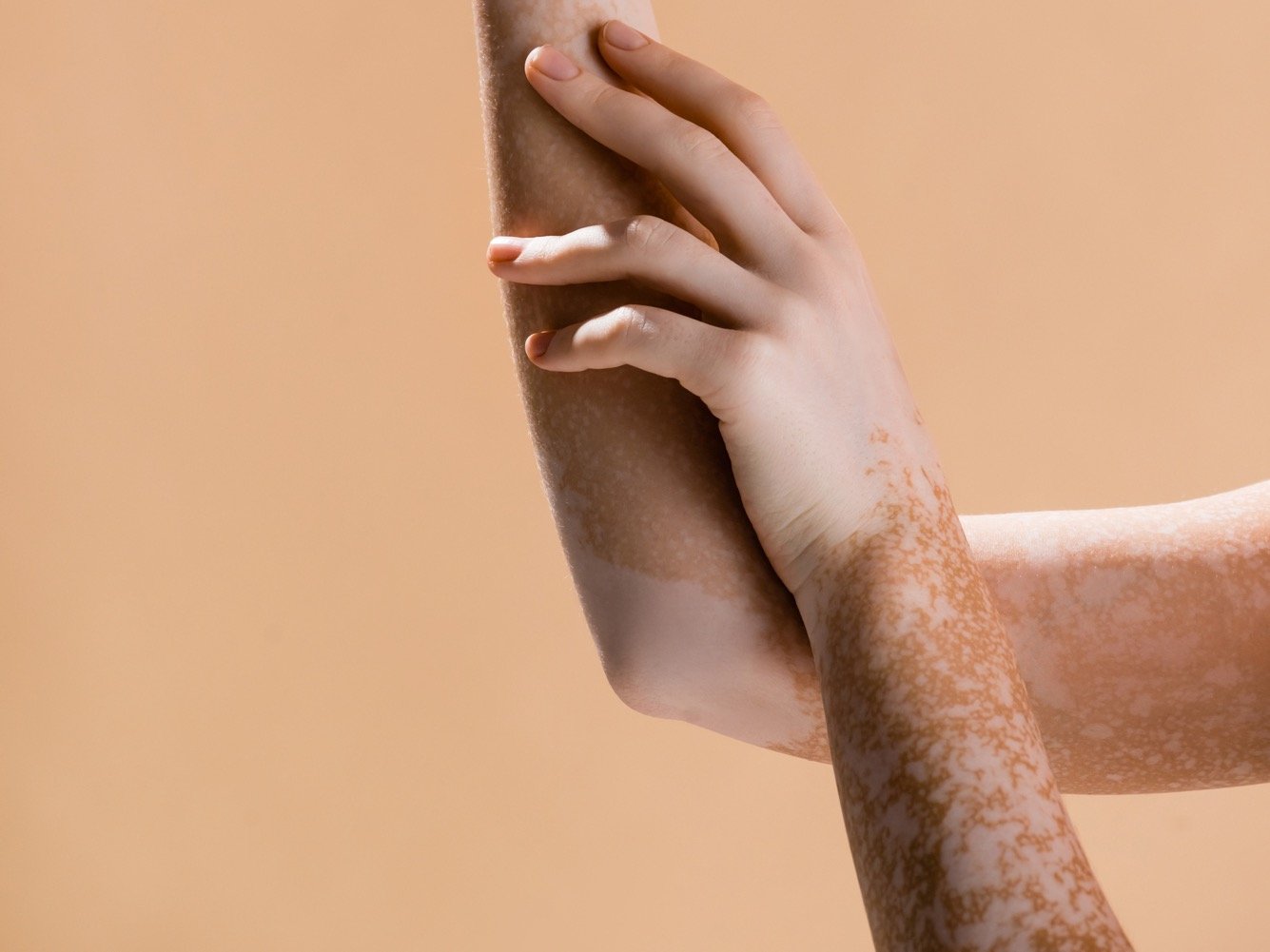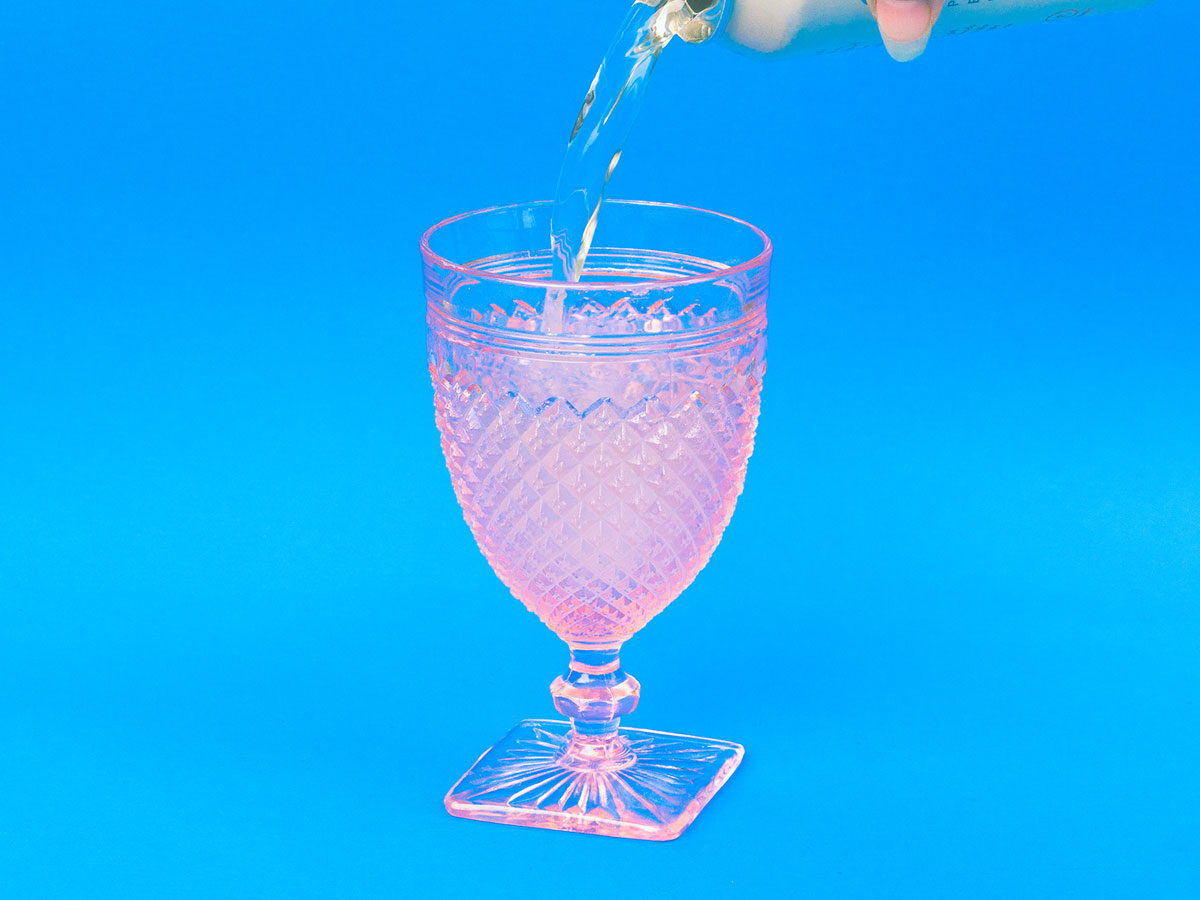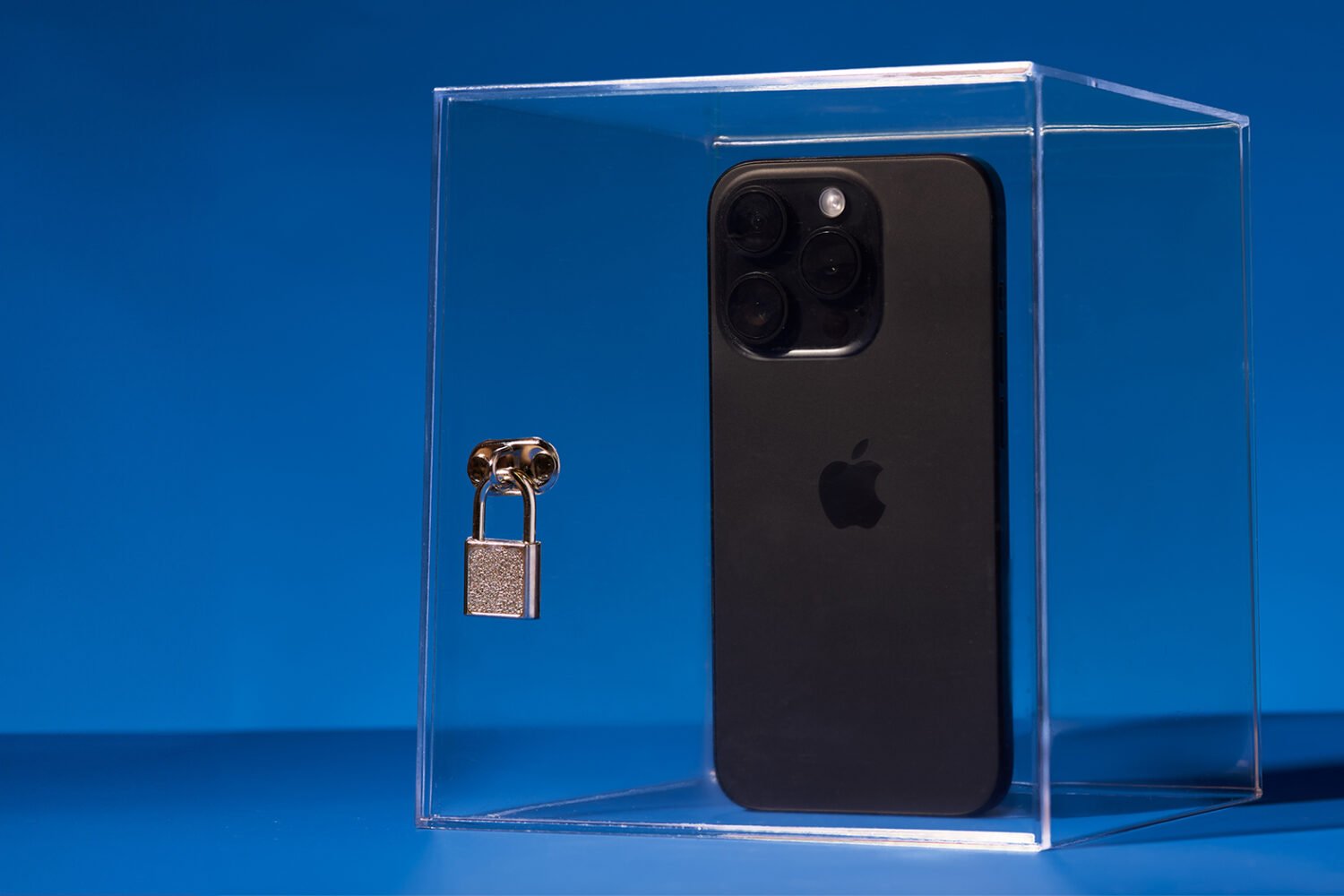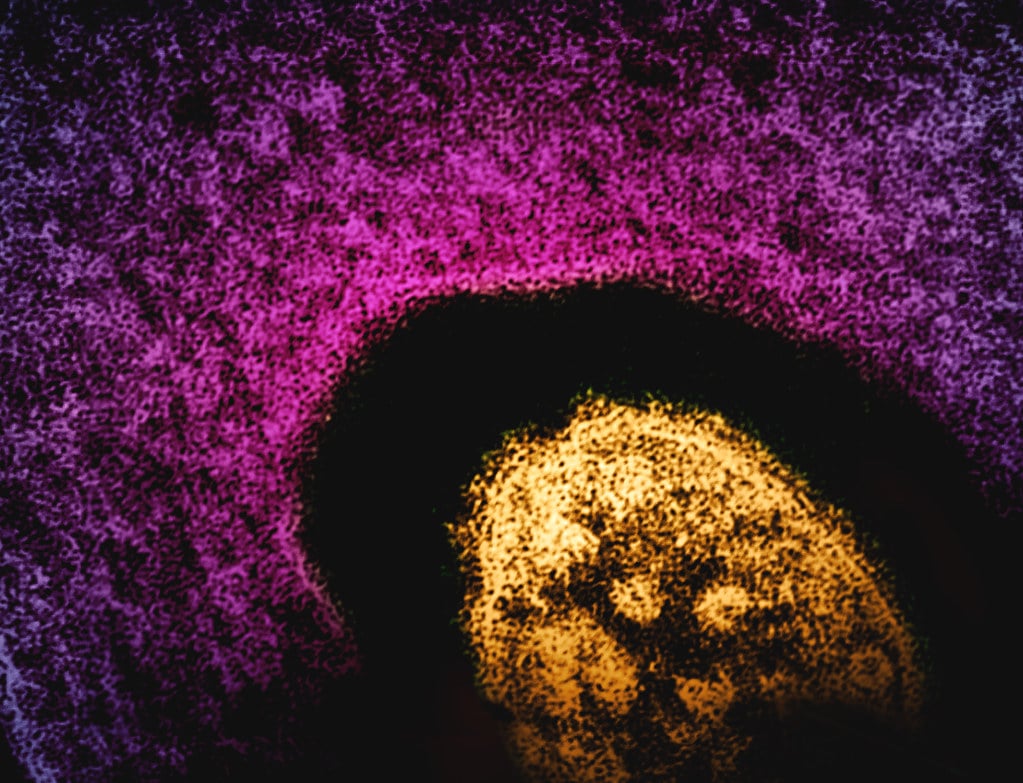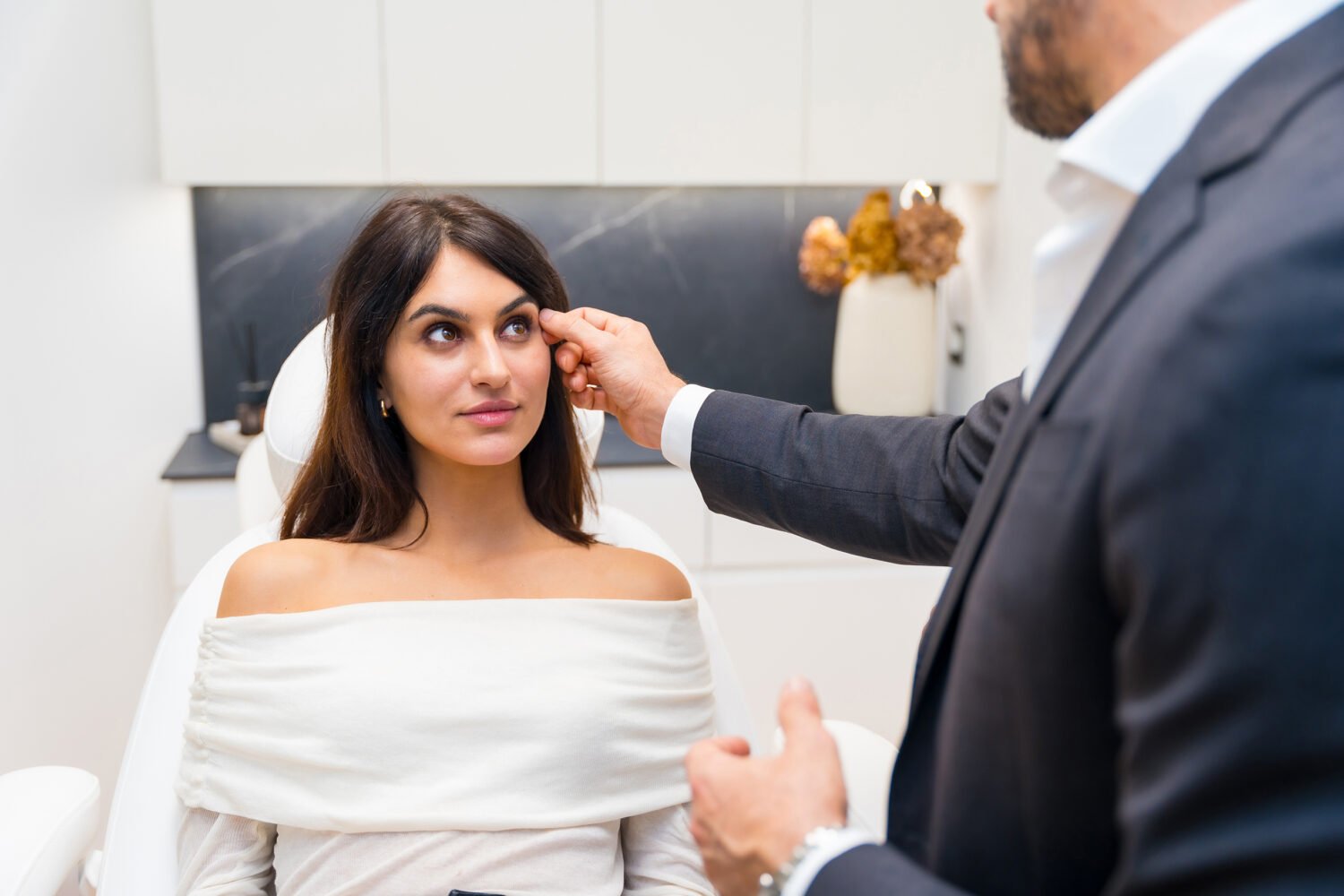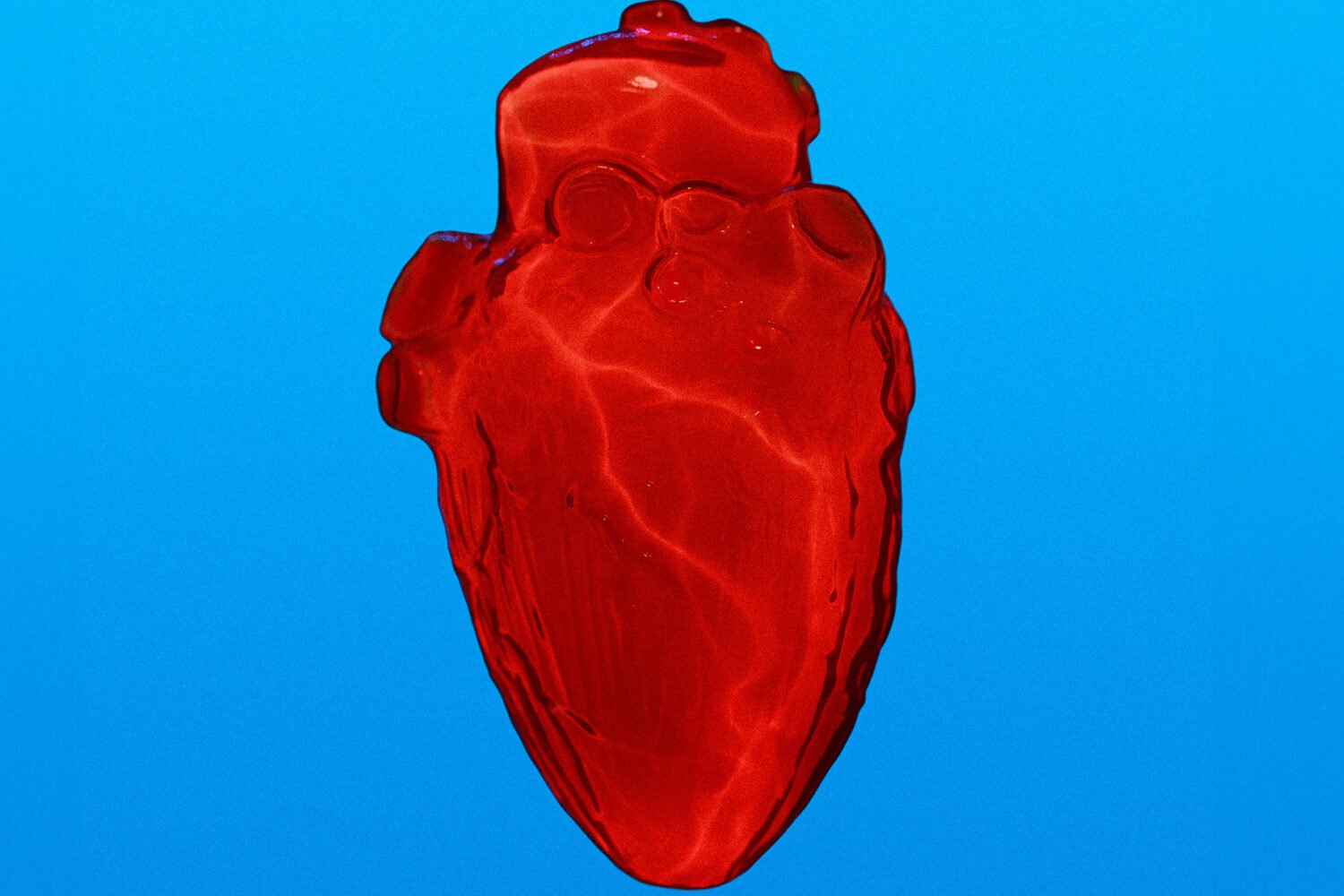A new survey finds that kids as young as ten years old are experimenting with alcohol. Photograph courtesy of Flickr user CJAG93.
It’s no secret that underage drinking is at epidemic levels in the United States—the National Institute on Alcohol Abuse and Alcoholism reports that about 5,000 people under the age of 21 die from alcohol-related deaths each year. But a new study investigating underage drinking, published in BMJ Open, found that teenagers aren’t the only ones experimenting with alcohol—fifth graders aren’t too far behind.
The study, “Comparing media and family predictors on alcohol use: a cohort study of US adolescents,” found that parental behavior and alcohol marketing in movies had a huge effect on children as young as ten years old.
Not surprising, however, was that how much their friends drank was the biggest influencer on the tweens and teenagers.
“If a movie is the main cause of one kid trying drinking and he drinks again—this time with a friend who has also seen a lot of movie alcohol—is the friend the cause? Or is the movie alcohol the cause?” asked the study’s lead researcher, Dr. James Sargent. “The bottom line for parents is that they should be concerned about both.”
Researchers surveyed 6,522 teens between 10 and 14 years old, in a sample designed to mimic the country’s actual socioeconomic and racial makeup. Over two years, the teens were surveyed four times via telephone.
At the outset, 78 percent of tweens reported that none of their friends used alcohol, and only 11 percent reported alcohol use. But by the end of the study, that number more than doubled—25 percent reported they had at least tried alcohol without their parents knowing.
In addition, 24 percent reported binge drinking—having five or more drinks in the same night—within eight months of their first experience. None of the subjects were older than 16 at the study’s conclusion.
The top three factors in trying alcohol for the first time were that their peers used alcohol heavily; they were highly exposed to alcohol images in media; and they were seeking new sensations. Older kids were more likely to have their first secret sips, while white kids were most likely to transition into binging.
The results are troubling, and it doesn’t help that once a young person has had a drink it’s harder for his or her parents to do anything about future use, the authors wrote. “Once a youth has tried alcohol, progression to problem drinking probably depends on a substance-using peer environment.”
On the bright side, parents can control the risk factors. While it’s not the best idea to come down with an iron fist (rebelliousness was also a significant factor that led to drinking), researchers wrote that “parents may limit onset of alcohol use by being responsive and setting limits, promoting extracurricular involvement, keeping home alcohol in a secure location, or by not drinking frequently themselves.”
Parents should also refrain from giving their young children sips of alcohol from their own drinks. “That’s why we advise parents not to endorse sipping of alcohol with their children,” Sargent said. “Kids who sip with their parents are more likely to binge later.”
Read the full study here.

